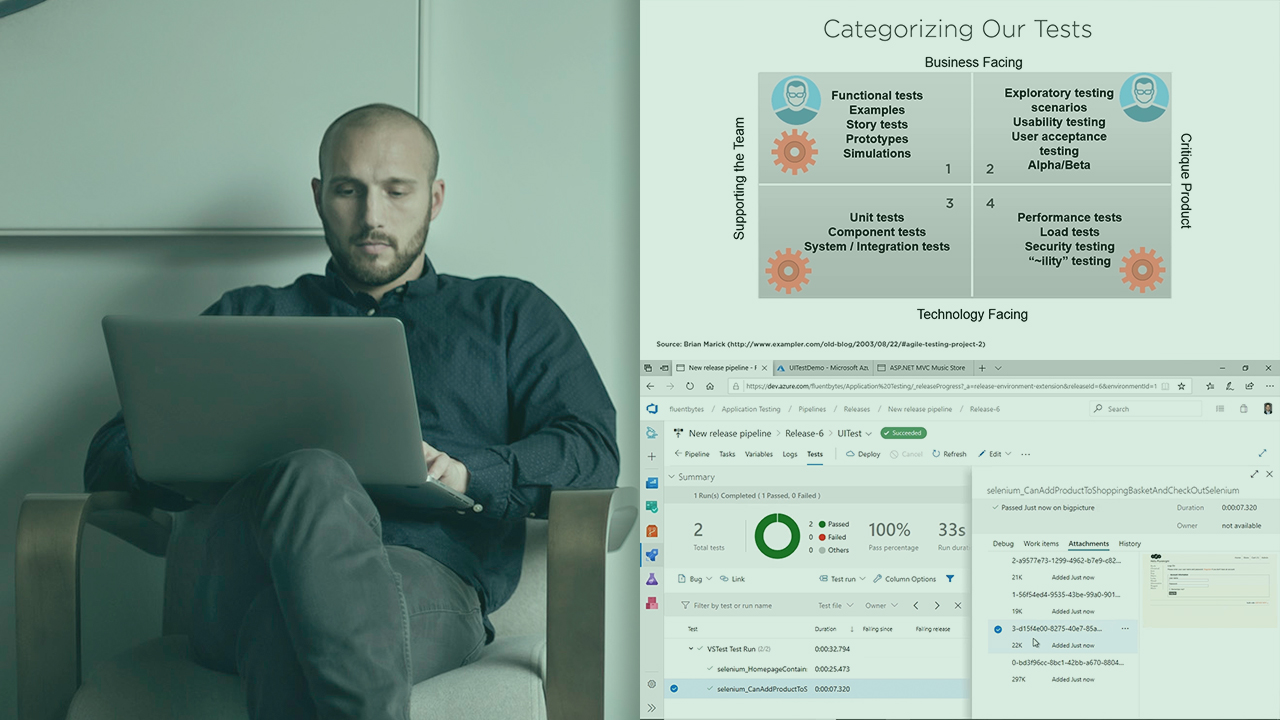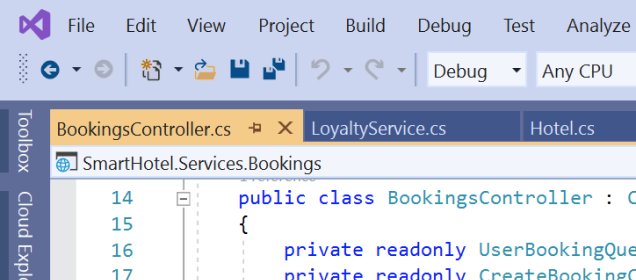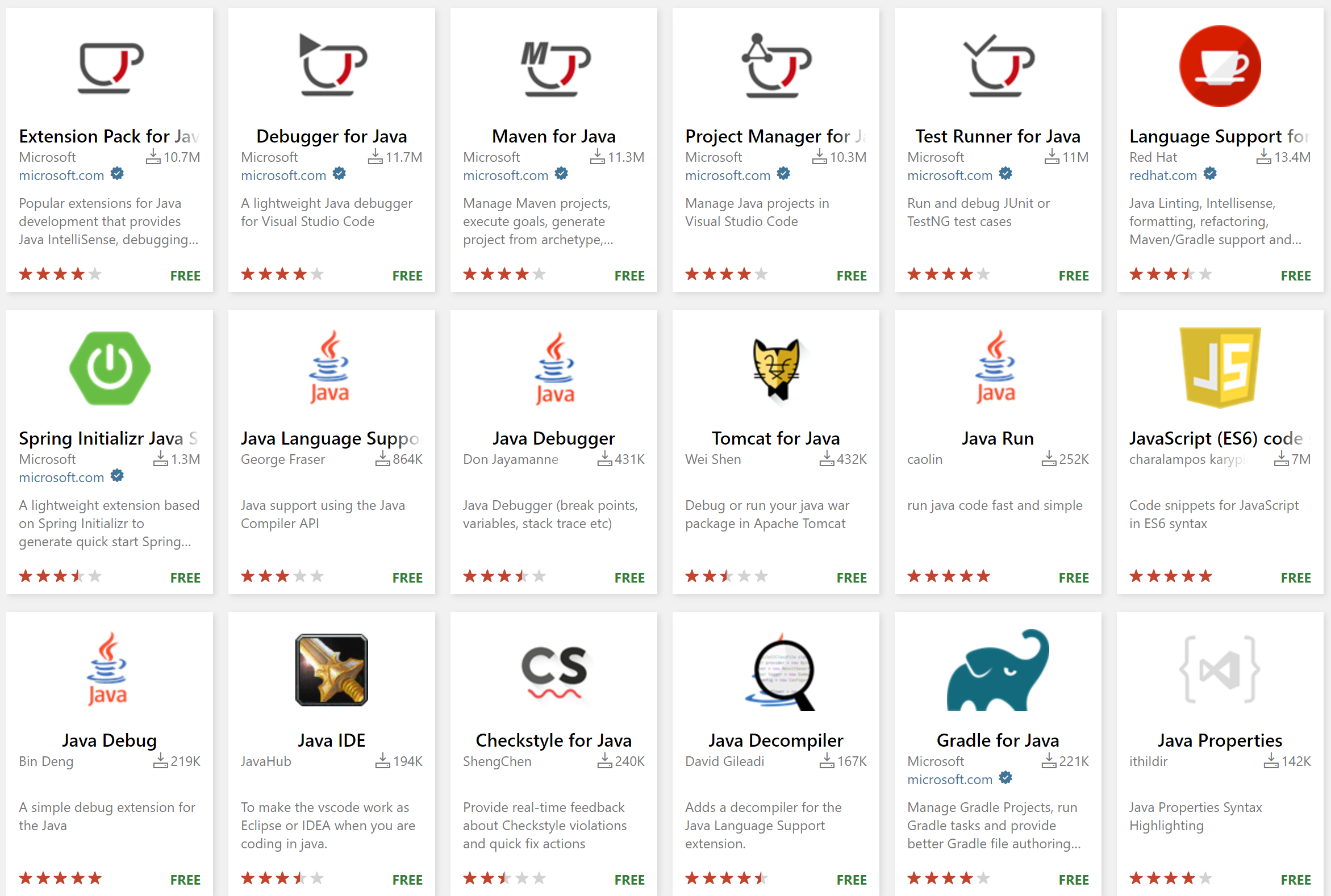Azure DevOps Services

When you first open Visual Studio 2015,you can sign in and connect to Azure DevOps Services.
If you're already signed in to Visual Studio or using Visual Studio 2017, connect to Azure DevOps Services.
Once you're connected, you can store or share code in free, unlimited, private,cloud-based Git repositories or Team Foundation Version Control (TFVC).Organize and manage your work with Agile tools for DevOps,continuous integration, and continuous delivery. Your team can build often,test early, and ship faster.
To set up Visual Studio without Azure DevOps Services,learn how to get started.To host your own server,learn how to install and set up Azure DevOps Server.

Are fallout 4 dlc free. Azure DevOps Services is free for up to five users with access to Basic features and for unlimited Visual Studio subscribers and Stakeholders who can access limited features.Learn what else you get with Azure DevOps Services.If you want, you can also use Azure DevOps Services with any IDE or code editor, like the following examples:
- Xcode (see Git or TFVC)

How do I set up Visual Studio 2015 for Azure DevOps Services when I sign in?

Download and install Visual Studio,if you don't have the version you want already.Which versions can I use with Azure DevOps Services?
If you have a Visual Studio subscription thatincludes the Visual Studio IDE, get the versionthat's available with your subscription.
Start Visual Studio, and then sign in to create your profile.
This profile saves your settings and roams with youwhen you sign in to Visual Studio on any computer.Why else should I sign in?If you're a Visual Studio subscriber, use the sign in address for your subscription.
Enter your sign in address,and then enter your password.
Add your Visual Studio profile details. You only need to add these details once.
Give your organization a name, and confirm its location.
How can I create an organization later or change its location?
Create your first project to store your code,work items, backlog, builds, tests, and other assets.Name your project, select a process to organize your work,and choose the version control to manage your code.
Not sure which to choose? Learn whichprocessand version control (Gitor TFVC)work best for you.
If you're a new Visual Studio user, you can change your settings here,or change them later in Visual Studio options.
These changes are saved with your profile,and your settings roam with you wherever you sign in.
To view your new organization, sign in to
https://dev.azure.com/{yourorganization}.
Next steps
Related articles
Add code to Git or TFVC.
Create your backlog to organize your work, manage your process, or customize your process.
Azure Devops Wiki Visual Studio Code
Visual Studio Code A powerful, lightweight code editor for cloud development GitHub and Azure World’s leading developer platform, seamlessly integrated with Azure Visual Studio Subscriptions Access Visual Studio, Azure credits, Azure DevOps, and many other resources for.
Azure Devops Visual Studio Code 2020
First, you will need to install Visual Studio Code 1.12.0 or later. To install the extension with the latest version of Visual Studio Code (version 1.13.1 is the latest as of this writing), bring up the Visual Studio Code Command Palette ( F1 ), type install and choose Extensions: Install Extensions. Visual Studio dev tools & services make app development easy for any platform & language. Try our Mac & Windows code editor, IDE, or Azure DevOps for free. Azure DevOps vs Visual Studio: What are the differences? Developers describe Azure DevOps as 'Services for teams to share code, track work, and ship software'.Azure DevOps provides unlimited private Git hosting, cloud build for continuous integration, agile planning, and release management for continuous delivery to the cloud and on-premises. Code resides on a centralized version control (TFVC) in earlier version of Team Foundation Server.
